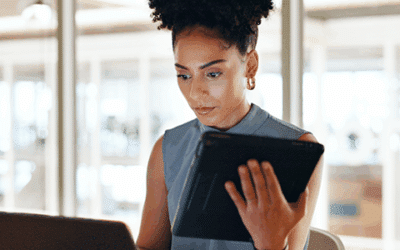Value Stream Mapping (VSM)
Optimize Your Processes
Proven Six Sigma techniques and DMAIC analysis can remove waste and transform your organization
Understanding the Flow
We use value stream mapping to improve processes related to delivering a product or service. Value stream mapping involves depicting the interaction between multiple functions within a process. This helps your organization understand the flow of materials and flow of information.
This week has been outstanding! Kim and Christi are an excellent cultural fit for our company, and they did an incredible job of facilitating our [Value Stream Mapping] Workshop. Honestly, I’ve participated in activities like this many times over the course of my career, and this was the best one ever!
Finding Opportunities for Improvement
Our Value stream mapping (VSM) program helps you identify inherent waste and eliminate non-value-added processes. Panorama uses Six Sigma process techniques and DMAIC analysis to identify business process improvement opportunities. We involve stakeholders when mapping current state and future state processes. Working with these stakeholders, we implement cultural changes that address limiting factors.
Achieving Alignment
Without business design and alignment across functional silos, even the best processes will not lead to new and innovate ways of working. Alignment positions organizations for sustainable growth and enhances competitive advantage. It also ensures successful ERP system go-live and fast benefits realization.
Helping You Deliver Value
Find opportunities for improvement by engaging our business process management experts.
Discover How Panorama Can Transform Your Organization
Latest Articles
Enterprise Software vs. Business Strategy: Which Should Come First?
Business strategy should guide ERP selection to ensure technology aligns with long-term goals. ERP systems must support organizational processes and strategic direction. Aligning ERP strategy with business objectives improves efficiency, scalability, and user...
The Top 10 ERP Systems for the Food and Beverage Industry in 2025
While many ERP vendors claim “food and beverage industry capabilities,” only a few offer the nuanced features and AI-powered agility required in today’s environment. That’s why it’s important to understand which ERP platforms are purpose-built for your realities,...
ERP Project Legal Risks – Open International vs. the City of Fort Collins
The Fort Collins vs. Open International lawsuit highlights how ERP failures often stem from flawed procurement, poor governance, and misaligned expectations. Key breakdowns included rushing vendor selection, unclear success metrics, and weak project oversight—all of...
Latest Articles
Enterprise Software vs. Business Strategy: Which Should Come First?
Business strategy should guide ERP selection to ensure technology aligns with long-term goals. ERP systems must support organizational processes and strategic direction. Aligning ERP strategy with business objectives improves efficiency, scalability, and user...
The Top 10 ERP Systems for the Food and Beverage Industry in 2025
While many ERP vendors claim “food and beverage industry capabilities,” only a few offer the nuanced features and AI-powered agility required in today’s environment. That’s why it’s important to understand which ERP platforms are purpose-built for your realities,...
ERP Project Legal Risks – Open International vs. the City of Fort Collins
The Fort Collins vs. Open International lawsuit highlights how ERP failures often stem from flawed procurement, poor governance, and misaligned expectations. Key breakdowns included rushing vendor selection, unclear success metrics, and weak project oversight—all of...
Addressing Workflow Inconsistencies Within the Same Job Function
Inconsistent business processes often arise when individual employees change standard workflows to compensate for outdated tools or evolving business demands. Workflow inconsistencies within a job role can make it difficult to define requirements during ERP selection...










